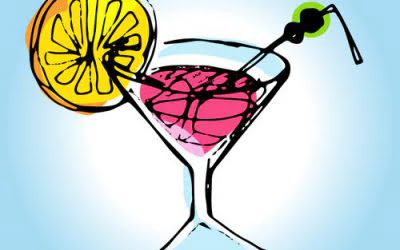Dry drunk syndrome: Definition, symptoms, how to cope
You also have to explore, deeply and honestly, patterns and behaviors in your life that contribute to your alcohol use. Dry drunk recovery is possible, especially if you help your loved one in their time of need. One option is to convince them to seek alcohol addiction treatment from an inpatient or outpatient facility. sober alcoholic These facilities use evidence-based practices to help address the mental and emotional aspects of addiction that are often overlooked. Integrated treatment involves treating both disorders at the same time. This can allow you to treat the symptoms of your mental health disorder without turning to alcohol or drugs.

The evaluation consists of 11 yes or no questions that are intended to be used as an informational tool to assess the severity and probability of a substance use disorder. The test is free, confidential, and no personal information is needed to receive the result. Many now consider dry drunk syndrome to be a stigmatizing term, as it can imply that a person is not putting in the effort necessary to recover. If a person is having difficulty with their PAWS symptoms, they should speak with a healthcare professional. A healthcare professional may be able to suggest certain coping methods or support groups that could be beneficial. They may also be able to prescribe medications, such as acamprosate (Campral), to help with the symptoms.
Dry Drunk Behavior Patterns
The term “Dry Drunk” was first coined by the creator of AA (Alcoholics Anonymous). Dry drunk describes someone who has removed alcohol from their lives without removing the initial components that cause or contribute to alcohol dependency. Alcoholism is often a symptom of an underlying issue that requires changes in behavior and lifestyle to achieve and maintain sobriety. Without any changes in behavior and lifestyle, sobriety is likely difficult to maintain because a person is still dependent on alcohol as a reliable crutch. Seeking professional help such as a therapist or enrolling in the 12 steps program can be a great way to tackle the underlying issues that led you to drink in the first place. These remaining negative signs and symptoms that are left behind when we stop drinking are what contribute to dry drunk syndrome.
- For recovery to be successful, you have to deal with any mental health issues or trauma that contributed to your substance abuse problems.
- Unfortunately, stopping alcohol or drug use isn’t all that’s required to recover from addiction.
- Usually, during the first one to two weeks of a medically assisted alcohol detox, people exhibit a variety of withdrawal symptoms, ranging from hand tremors and excessive sweating to anxiety and depression.
First and foremost, not every alcoholic seeks professional help to stop drinking. A person might decide after some negative experiences that they can no longer drink and simply quit. Avoiding the self-examination and emotional work necessary for recovery can leave a person who’s entirely sober feeling worse than they did before they quit drinking altogether.
Dry Drunk: Understanding the Syndrome and Pattern
In fact, psychologists since 1955 have maintained that working on one’s “inner life” is the key to overcoming the dry drunk mentality. Through comprehensive treatment that includes therapy as well as recovery programs like 12-Step groups, a person can discover what led them to drugs or alcohol at the start. But you can help guide their path by learning about addiction, researching the best outpatient treatment centers in your area, and even attending AA meetings with them. Many people suffering from dry drunk syndrome also need help finding their passion to motivate them through this dark time, so help them find something they can dedicate their life to. The first step in dealing with dry drunk syndrome is the same as it was for quitting alcohol.



Leave a Reply